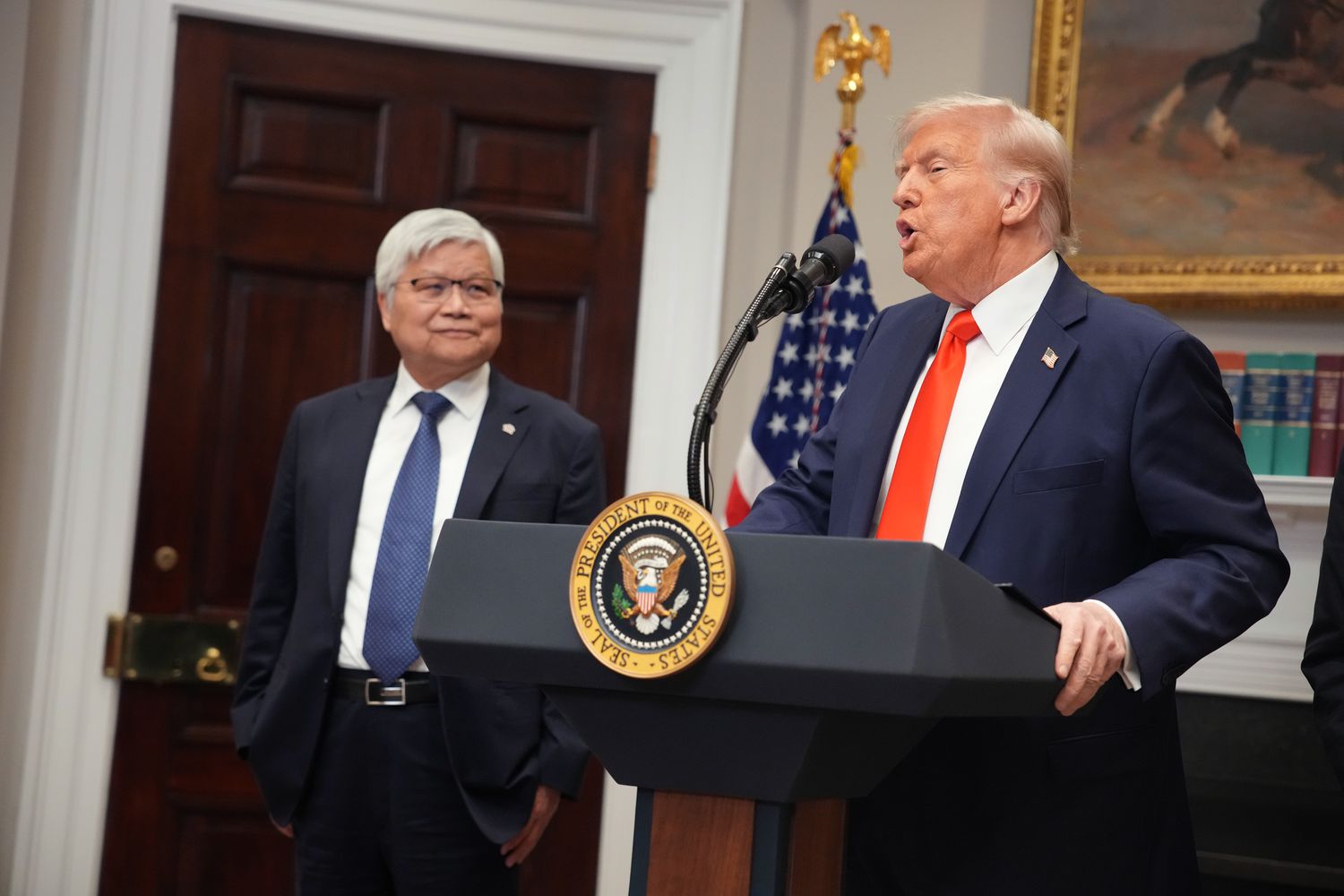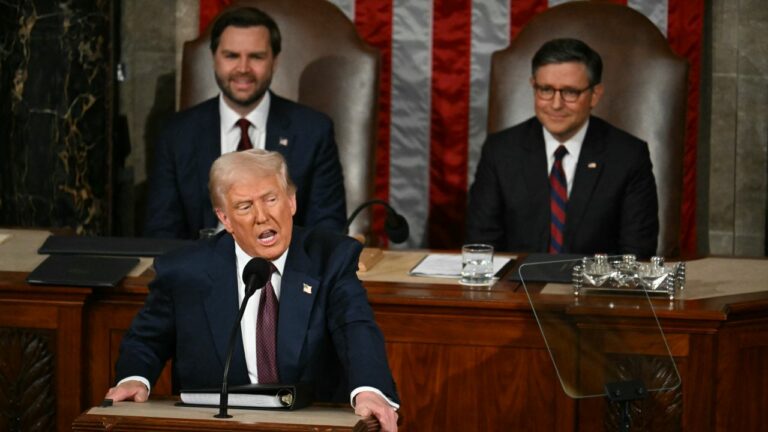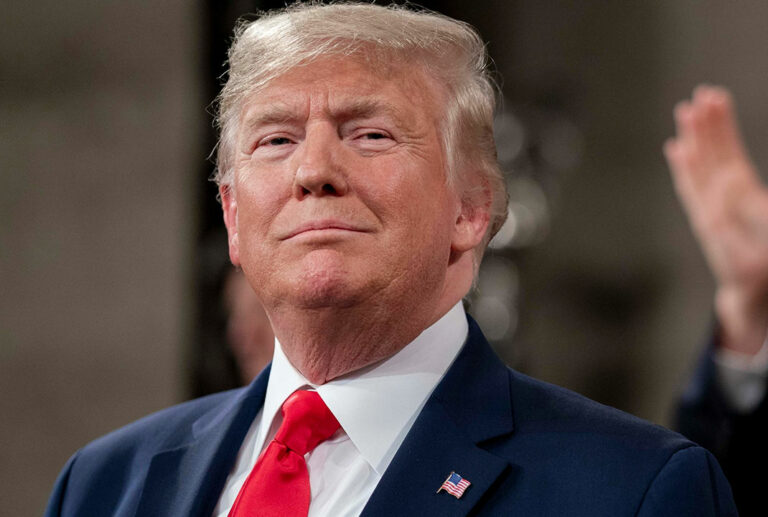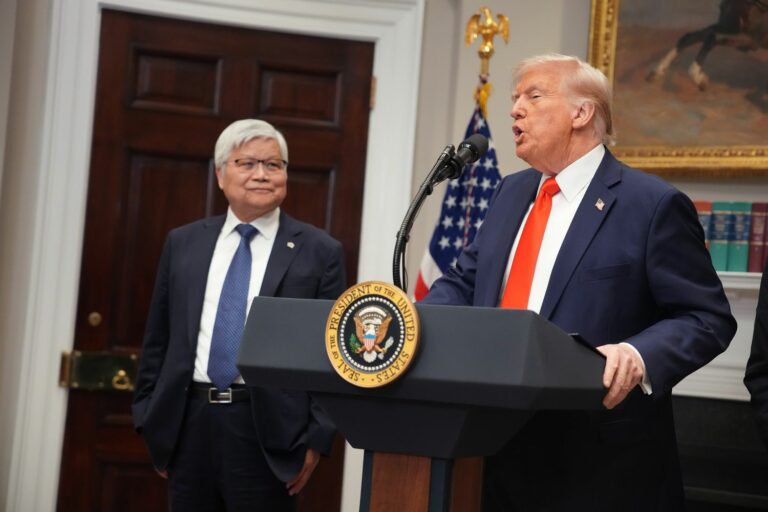
In a significant move announced by Donald Trump: TSMC invests $100 billion in the US, the semiconductor industry is set to undergo a transformation that can reshape America’s manufacturing landscape. The Taiwan Semiconductor Manufacturing Company (TSMC), the world’s leading semiconductor manufacturer, has committed an unprecedented investment to bolster its manufacturing presence within the United States. This monumental announcement signals not only a shift in global supply chains but also a broader initiative to enhance technological independence and security.
The Rise of TSMC and Its Impact on the Global Semiconductor Landscape
The emergence of TSMC as a powerhouse in the semiconductor sector has been nothing short of remarkable. As the largest semiconductor manufacturer globally, TSMC plays a critical role in powering various tech products across multiple industries—from smartphones to automotive technologies.
TSMC’s Journey From Taiwan to the World Stage
Founded in 1987, TSMC revolutionized the semiconductor industry by introducing a unique business model focused on foundry services. Unlike traditional semiconductor manufacturers that designed and manufactured their chips, TSMC allowed companies to outsource chip production, which significantly lowered entry barriers in the tech industry.
This innovative approach enabled many tech giants to flourish, ushering in groundbreaking advancements in computing, AI, and telecommunications. The company’s ability to manufacture chips efficiently, at scale, and with high fidelity has made it a linchpin for businesses ranging from Apple to Nvidia.
Strategic Importance of Semiconductor Manufacturing
Semiconductors are foundational to modern technology. They are integral not only to consumer electronics but to various sectors like healthcare, defense, and automation. Recognizing the strategic importance of semiconductor manufacturing, countries have begun to re-evaluate their dependencies on foreign supply chains.
In recent years, the United States’ reliance on Asian manufacturers has raised alarms regarding national security. With geopolitical tensions rising, particularly between the U.S. and China, increasing domestic manufacturing capabilities within the U.S. has become a top priority for policymakers.
The Economic Ripple Effect
TSMC’s commitment to invest in U.S. manufacturing extends beyond creating jobs; it could have a wide-ranging economic impact. By establishing advanced fabrication plants and research facilities, TSMC is poised to contribute significantly to local economies.
Local suppliers will benefit as well, creating a robust ecosystem that supports not only the semiconductor industry but also related fields such as engineering, logistics, and software development. The creation of high-quality jobs—tens of thousands, according to estimates—will have a direct positive effect on community incomes and economic stability.
Analyzing Donald Trump’s Manufacturing Vision
The announcement from Donald Trump: TSMC invests $100 billion in the US aligns seamlessly with Trump’s broader vision of revitalizing American manufacturing. The former president’s administration prioritized policies aimed at reshoring key industries and reducing dependence on foreign imports.
Policies That Drive Investment
Trump’s “America First” strategy was instrumental in redefining trade relationships and industrial policies. By advocating for investments in domestic manufacturing, he sought to reinvigorate the economy and create more American jobs. The TSMC investment exemplifies this vision as it supports both economic growth and national security.
Balancing Economic Growth with National Security
While the economic implications of TSMC’s investment are promising, the national security aspect cannot be overlooked. The semiconductor industry has long been viewed through the lens of national security, especially amid growing concerns about cybersecurity and technological espionage.
By fostering domestic chip production, the U.S. aims to ensure that it is not overly reliant on foreign entities for critical technologies. The TSMC investment serves as a pivotal step toward achieving greater autonomy in an area deemed vital for continued innovation and competitive advantage.
Political Ramifications and Public Sentiment
The political atmosphere surrounding manufacturing investments can be complex. While such announcements generally receive bipartisan support, there are underlying concerns about labor conditions, environmental impacts, and the long-term sustainability of these jobs. Public sentiment often plays a crucial role in shaping the future of such initiatives.
As communities anticipate new job opportunities, local governments must remain vigilant in negotiating terms that safeguard workers’ rights while promoting sustainable practices. For Trump, the challenge lies in maintaining public trust to ensure the longevity of the promised benefits.
Future Prospects for the Semiconductor Industry in the US
With TSMC’s monumental investment, the future of the U.S. semiconductor industry looks promising. However, several factors will determine whether the expansion translates into sustained success.
Innovations in Technology and Research
One of the cornerstones of TSMC’s investment is the establishment of advanced research and development centers. These centers will play a crucial role in pioneering new technologies that drive the next generation of semiconductors.
Amid rapid advancements in areas like artificial intelligence, the demand for cutting-edge chips is expected to soar. R&D investments will help maintain the U.S.’s competitive edge in these emerging technologies. Collaborative efforts between academia and industry will also foster innovation ecosystems that are essential for continuous improvement.
Challenges in Scaling Up Production
While the promise of new jobs and enhanced capabilities is enticing, scaling up production presents challenges. TSMC will face hurdles related to supply chain management, workforce training, and technological integration.
Building advanced fabrication plants requires significant time and resources, and meeting the rising demand for chips will necessitate addressing potential bottlenecks in the supply chain. Furthermore, ensuring that the workforce has the necessary skills will be vital for operational excellence.
Navigating Geopolitical Landscapes
As geopolitics continues to shape the landscape of international trade, TSMC’s expansion into the U.S. raises questions about how future relations with other nations will evolve.
With escalating tensions between the U.S. and China, how TSMC navigates international partnerships will be critical. The semiconductor industry is highly interconnected, and collaboration with global partners can lead to innovations that benefit all parties involved. Building bridges between nations while safeguarding national interests will require nuanced diplomacy.



